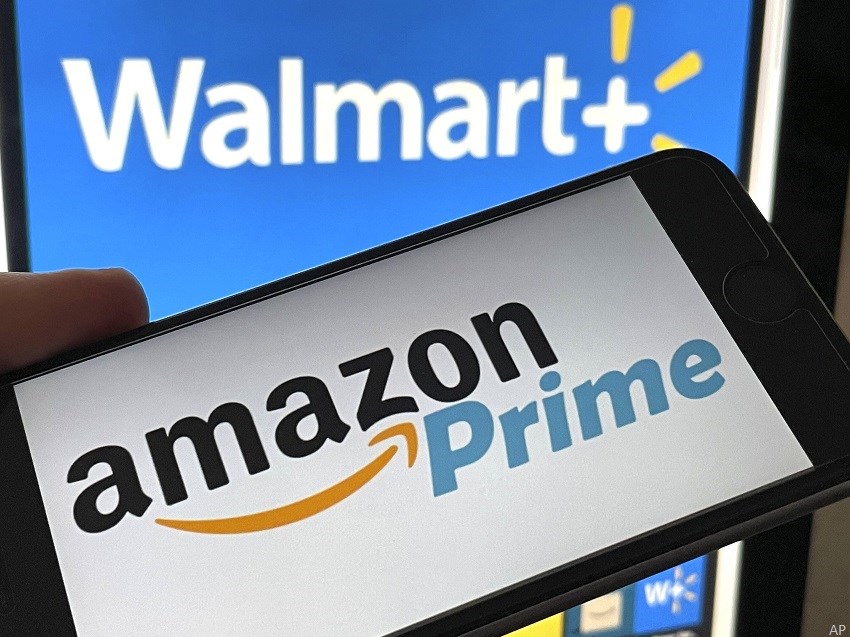
The market is a scary place to be right now. Yesterday, the Morningstar Canada Index and the S&P TSX Composite index closed the day down 2.6%, entering correction territory (a “correction” is when an index or security falls 10% - but less than 20% - from its record closing high). For its part, the S&P 500 fell almost 4%, dropping into bear territory (when an index or security falls 20% from a sustained high.) You can read more about the difference between bear market and corrections here.
Right now, investors are holding their breaths for the US Federal Reserve’s next policy decision due tomorrow, June 15th, at 2:00 p.m. ET. It is broadly expected to raise rates by 75 basis points.
How Did We Get Here?
How did we get here? As my colleague Lewis Jackson writes: “a speculative boom in part fueled by the interest rates and government support designed to insulate economies from the worst of the pandemic.”
He continues: “central banks underestimated the pace and stickiness of inflation and are raising rates faster and further than most expected amid worrying signs of decelerating growth. Inflation is proving far trickier to contain in part because energy prices are exploding (and that’s not just because of Russia).”
The doomsday scenario for many is stagflation, a period of high inflation and slow growth not seen since the 1970s. In that environment, it is useful to remember that risk, not volatility, is the real enemy.
As Morningstar’s director of personal finance Christine Benz points out, as investors, it's helpful to create a mental distinction between volatility and risk. Volatility encompasses changes in the price of a security, a portfolio, or a market segment both on the upside (see 2019) and for the downside (see 2008). So it's possible to have an investment with a lot of volatility that so far has only gone one way: up.
The most intuitive definition of risk, by contrast, is the chance that you won't be able to meet your financial goals and obligations, or that you'll have to recalibrate your goals because your investment piggy comes up short. “Through that lens, risk should be the real worry for investors; volatility, not so much,” Benz explains.
What’s Going on with Canadian Stocks?
After yesterday’s correction, there are even more opportunities for investors. Of the 64 Canadian stocks in our coverage universe, 44 are currently trading below our fair value estimates (FVEs). As has been the case for over a year now, the cheapest of these are in cannabis, and none has an “economic moat”.
The Morningstar Economic Moat Rating represents a company's sustainable competitive advantage. A company whose competitive advantages we expect to last more than 20 years has a wide moat; one that can fend off their rivals for 10 years has a narrow moat; while a firm with either no advantage or one that we think will quickly dissipate has no moat.
Today, we look at the 16 cheapest Canadian stocks trading 30% below our fair value estimates or more. Of these, seven are in cannabis, and the rest are spread across sectors. Five have a “narrow” economic moat, and we’ll look at those in some detail. First, here’s the list:
Bausch & Lomb Corp (BLCO)
Newly spun off Bausch & Lomb had a mixed first quarter, with growth and margin under pressure from inflation, pandemic restrictions in China, and currency changes. Though we have tempered our near-term expectations, there was little in the earnings release that lead us to review our longer-term forecasts, and our $25.50 fair value estimate and narrow-moat rating are unchanged. Notwithstanding challenges over the most recent quarter, there were some positive developments, such as lighter restrictions in China going into effect recently, and approvals in new markets for key products Vyzulta (ocular hypertension), Lumify (redness), and Infuse (daily contact lens).
Morningstar Analyst Aaron Degagne
CI Financial Corp (CIX)
While there was little in narrow-moat CI Financial's first-quarter results that would alter our long-term view of the firm, we are lowering our fair value estimate to $25 per share from $28 after updating our valuation model to include slightly lower levels of AUM, revenue, and profitability in the near to medium term as a result of increased market volatility during the first couple of quarters of 2022.
-Morningstar Analyst Greggory Warren
Ceridian HCM Holding (CDAY)
Narrow-moat Ceridian enjoyed robust first-quarter results, underpinned by healthy client growth supporting a 25% increase in year-on-year cloud recurring revenue and an uptick in higher-margin payroll and seasonal form filing revenue. Following the strong start to 2022 and the improved profitability outlook, we've raised our revenue and adjusted EBITDA forecasts by 1% and 4%, respectively, in line with updated guidance. However, this is immaterial to our medium-term outlook and we maintain our $80 fair value estimate. At current prices, Ceridian shares are trading at an attractive 30% discount to our valuation. We expect the market is underappreciating Ceridian’s ability to displace incumbent providers and take further market share, especially in markets outside North America.
-Morningstar Analyst Emma Williams
BRP (DOO)
Fiscal 2023 should be another banner year for BRP's sales given still robust consumer demand and high level of backfill units needed at its dealers. However, we don't think this will distract the team from its long-term product and operational priorities, which should improve the firm's competitive positioning. BRP's strategic priorities focus on market share growth, lean operations, and cultivating an engaged workforce, all while honing in on evolving customer demands. Because BRP is exposed to many customer segments, we don’t believe acquisitions are required for expansion. However, we think entry into white-space categories (like motorcycles) and small acquisitions, particularly in parts and accessories or marine, are possible and could support margin improvement. In our base case, BRP's brand intangible asset and leading market share position result in competitive returns on invested capital and a narrow economic moat. With further improvements to the manufacturing process and scale, BRP could also develop a cost advantage over time.
-Morningstar Analyst Jamie Katz
Shopify (SHOP)
Narrow-moat Shopify reported first quarter results that fell well short of our expectations. Although we remain bullish on e-commerce over the long-term, the near-term outlook for Shopify remains uncertain (as evidenced by our very high fair value uncertainty rating) as we search for a new normal for e-commerce in a post-COVID world. Combined with modest negative revisions to our long-term growth estimates and meaningfully lower profitability assumptions throughout our forecast, we are cutting our fair value estimate to $580 from $930.
-Morningstar Analyst Dan Romanoff






















